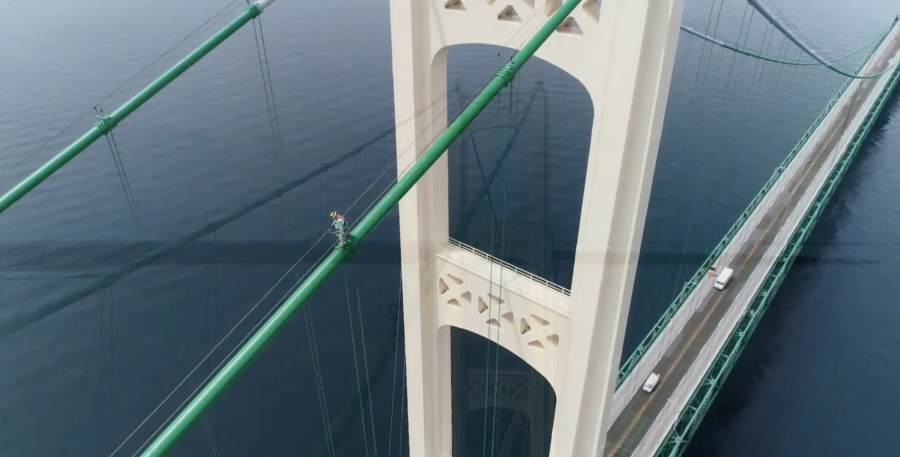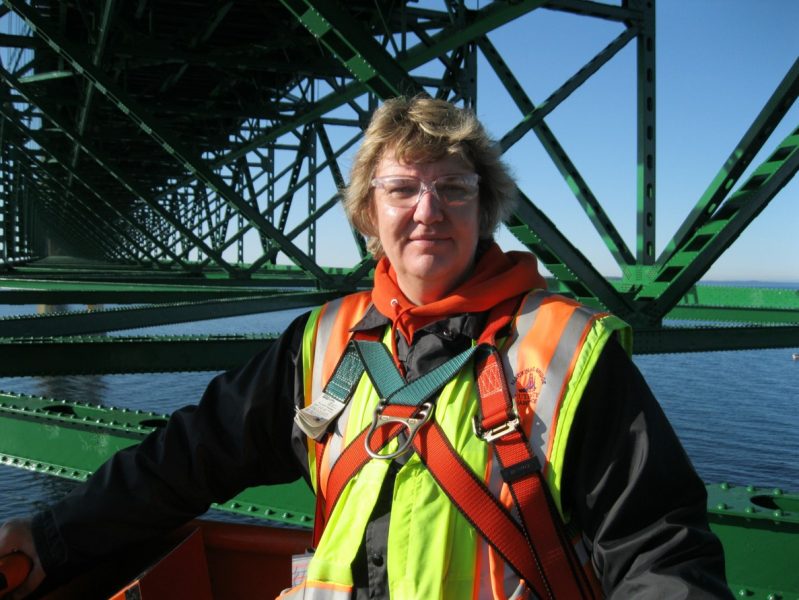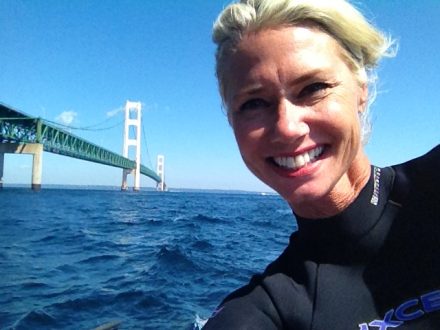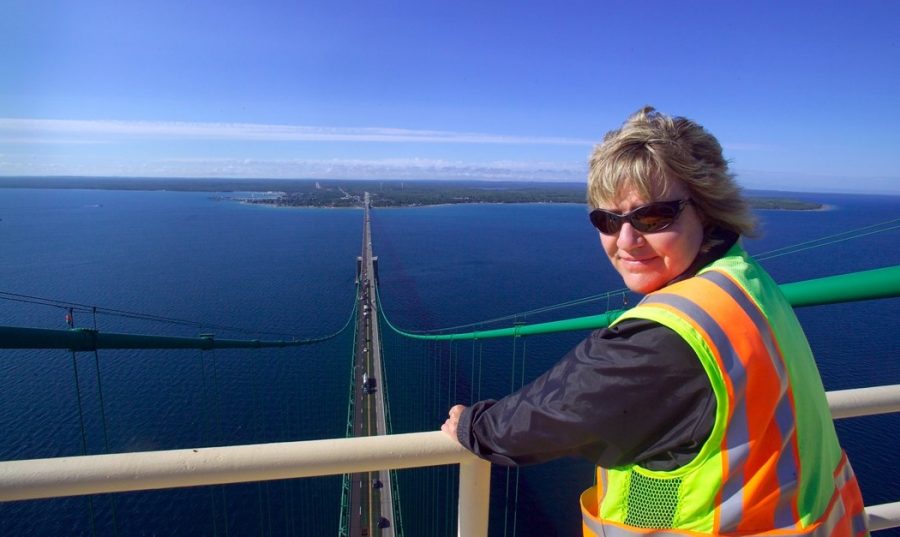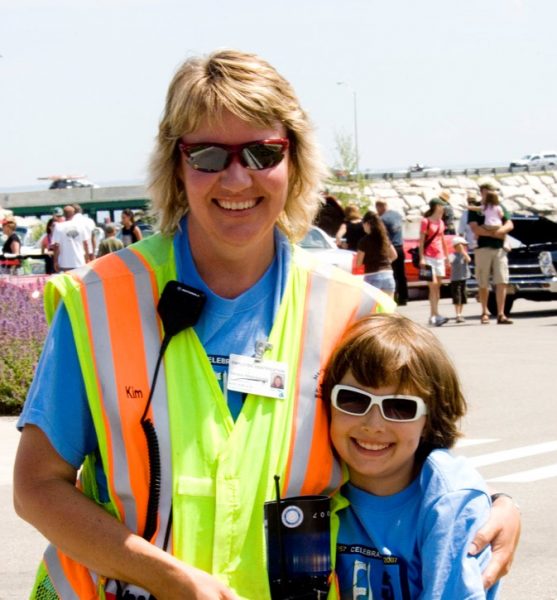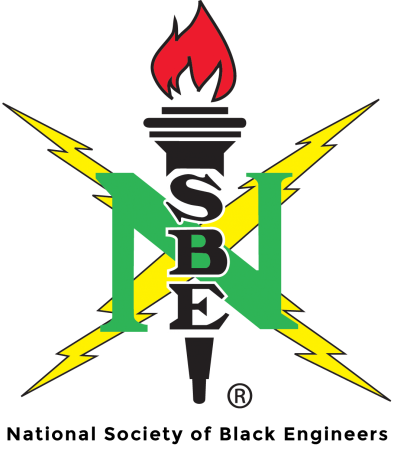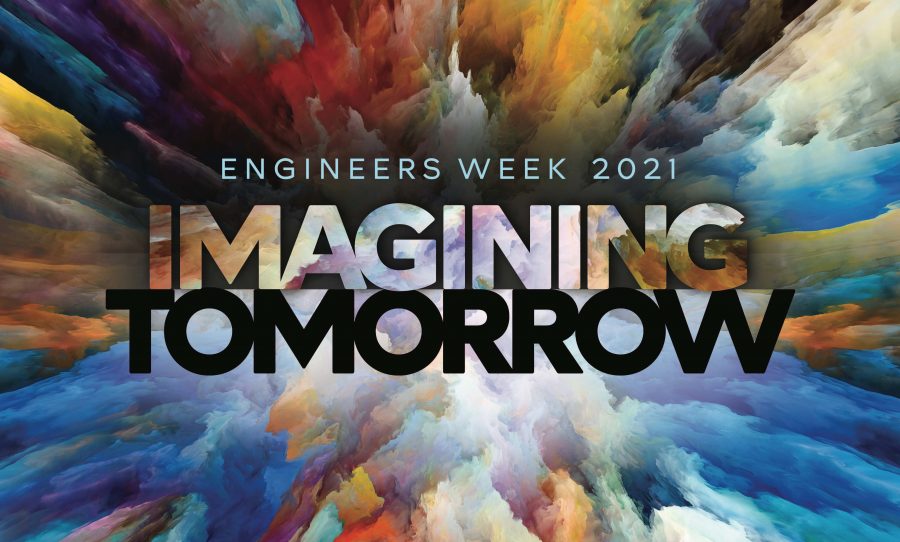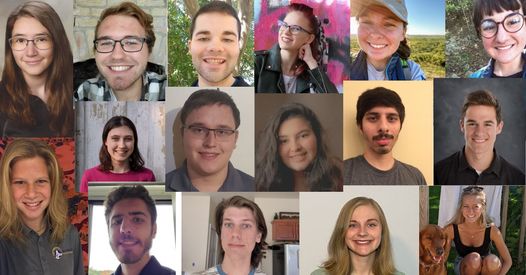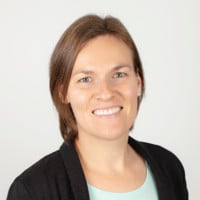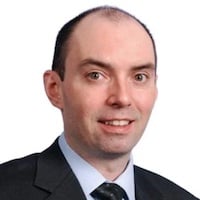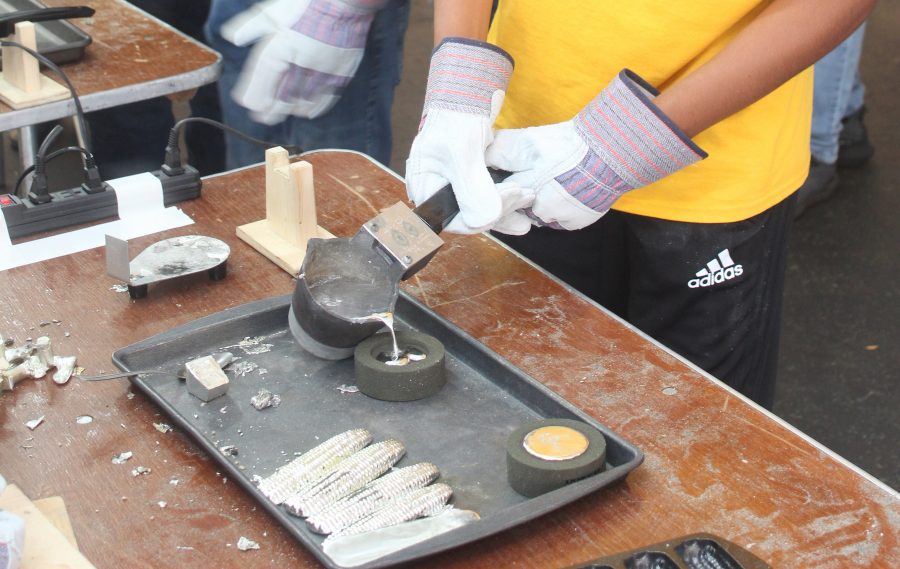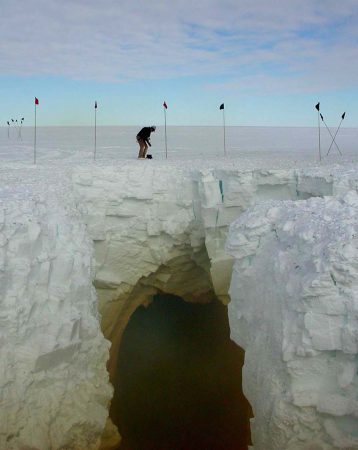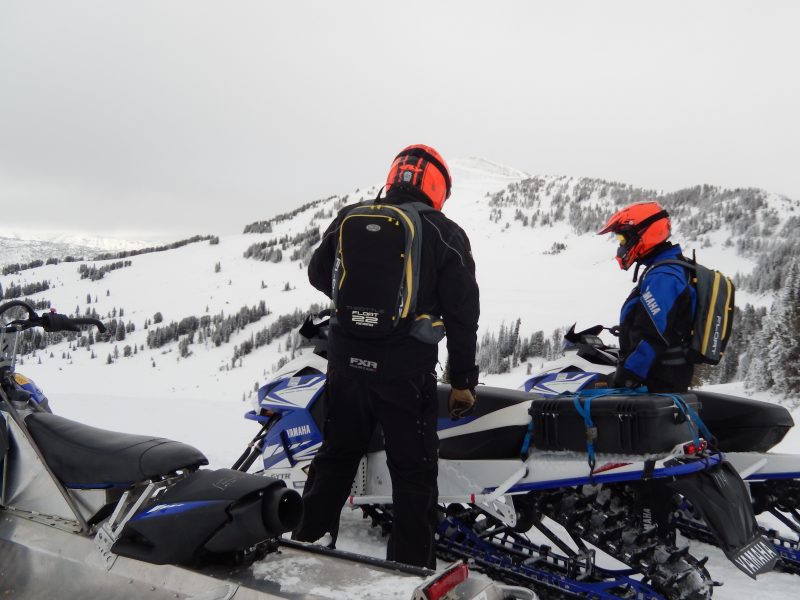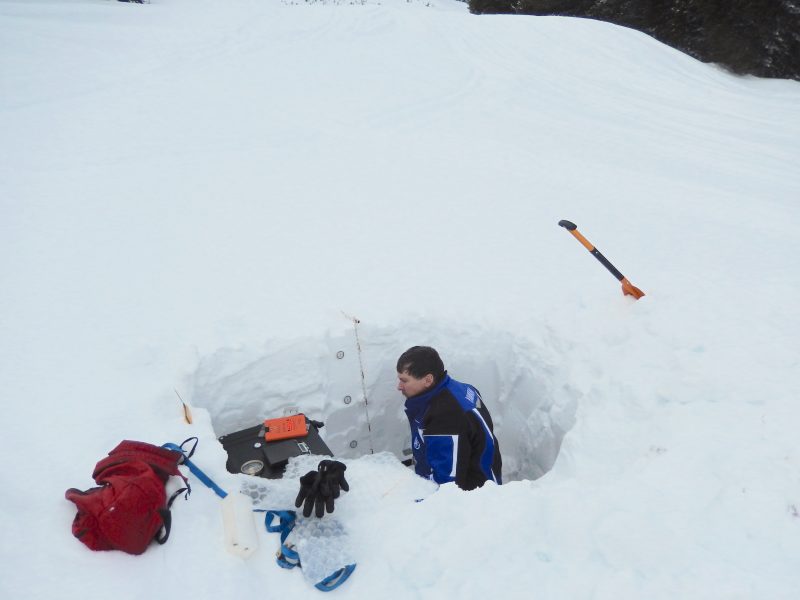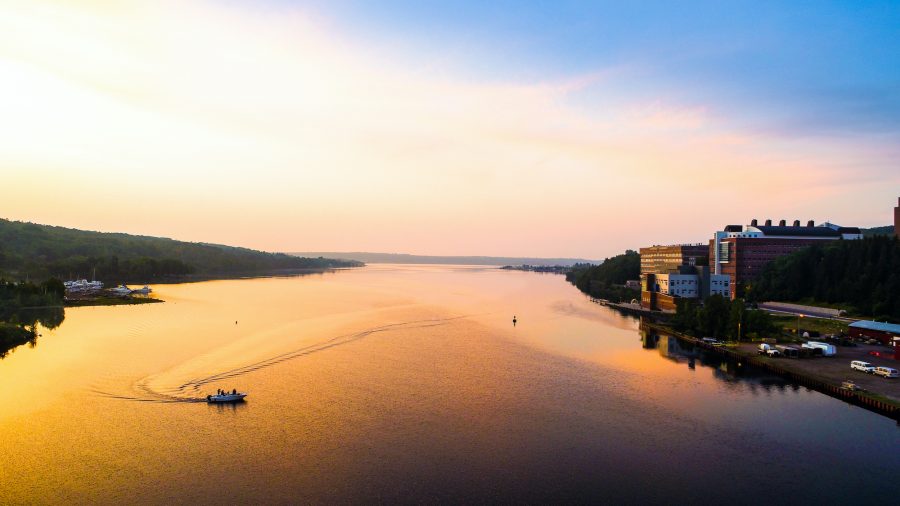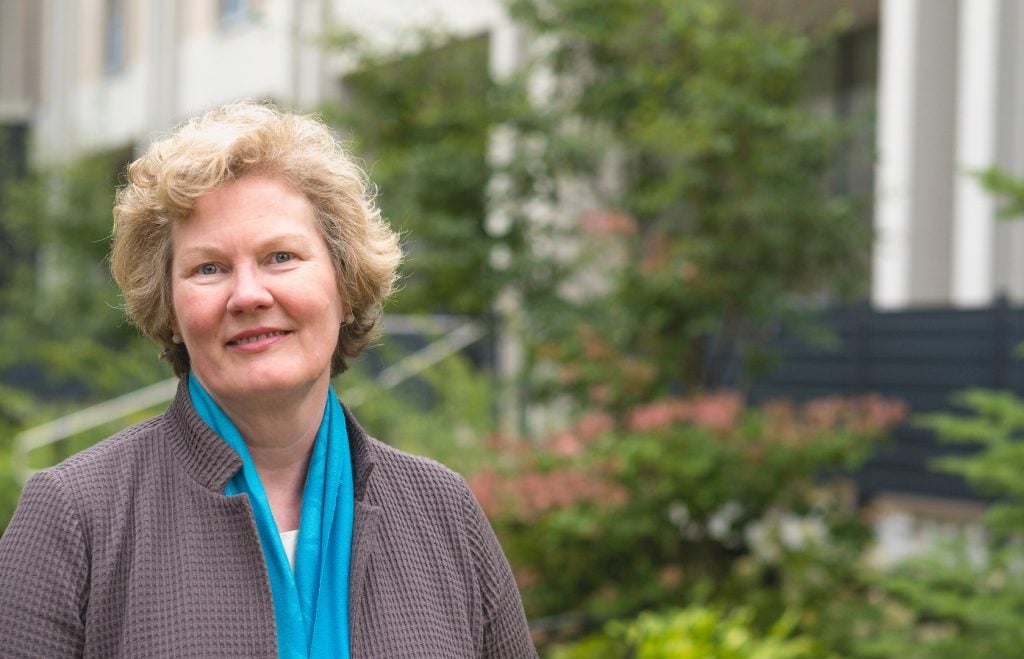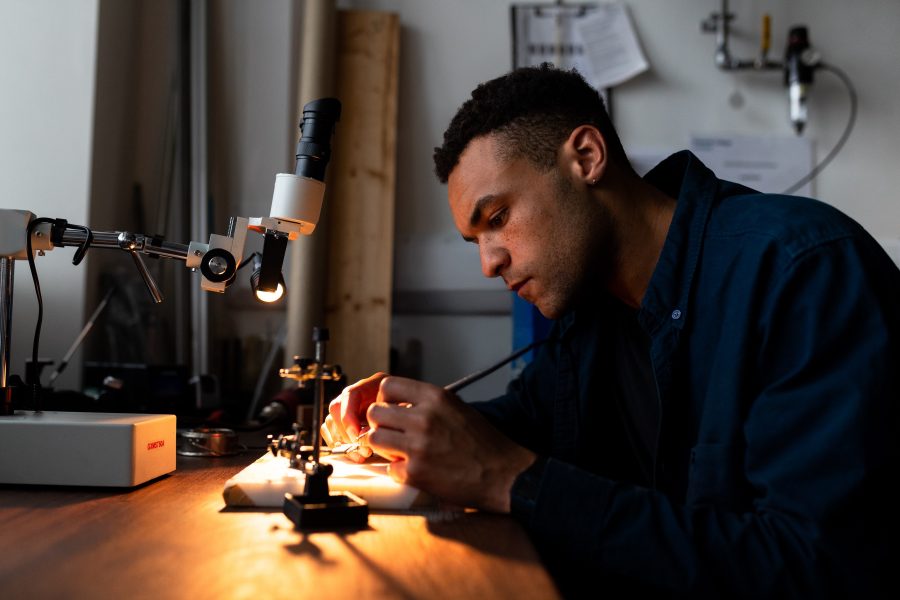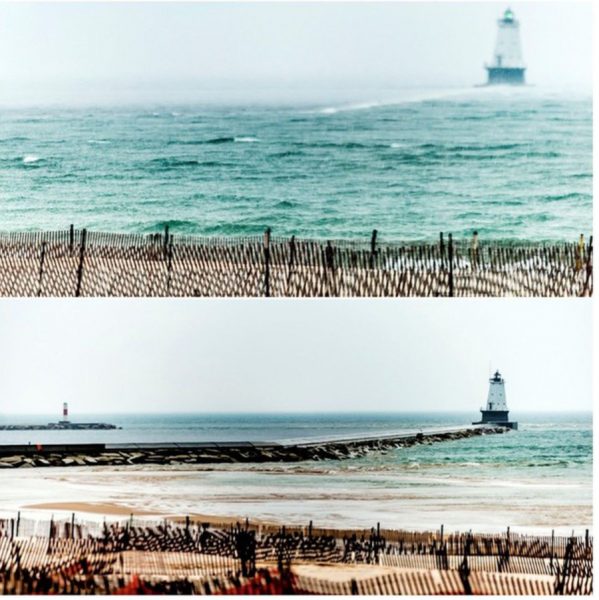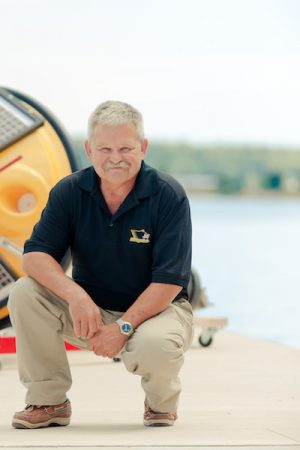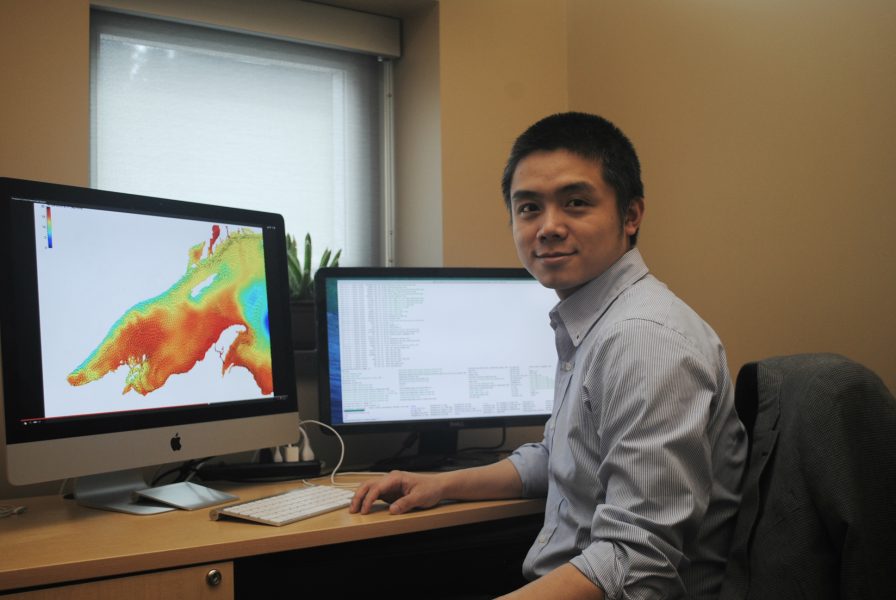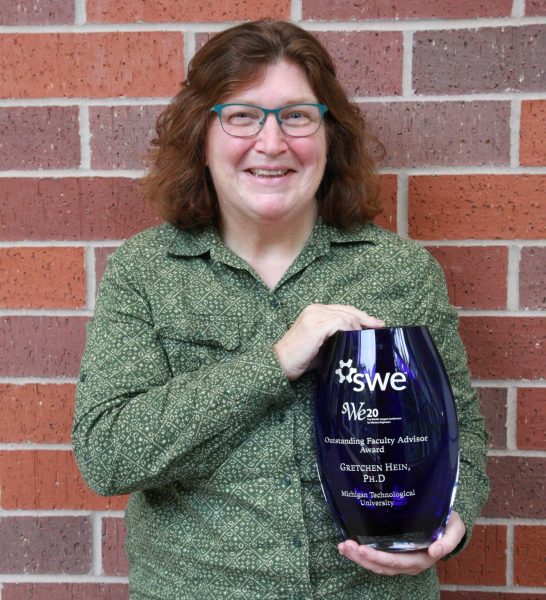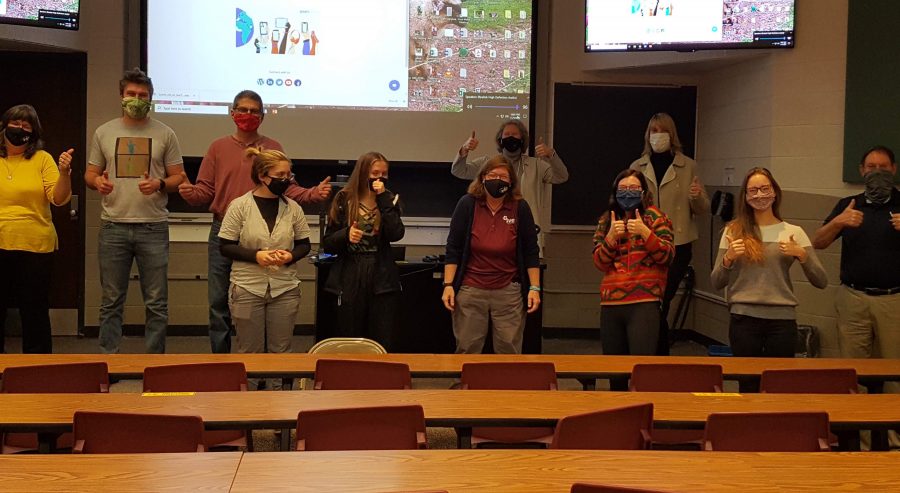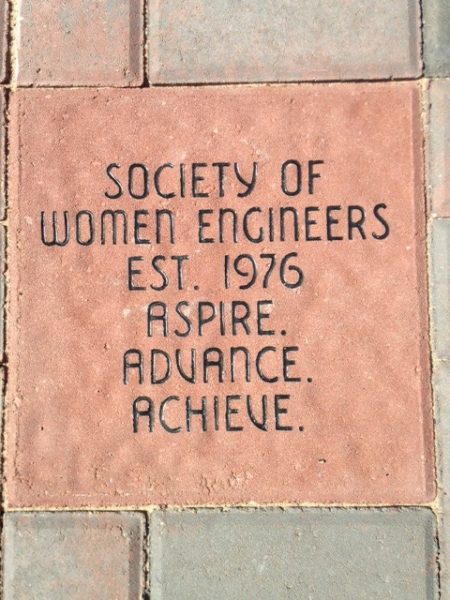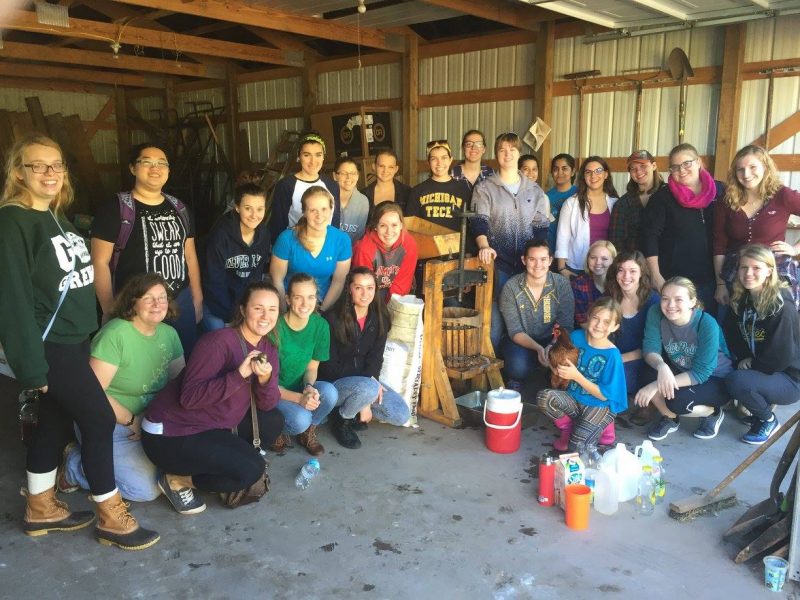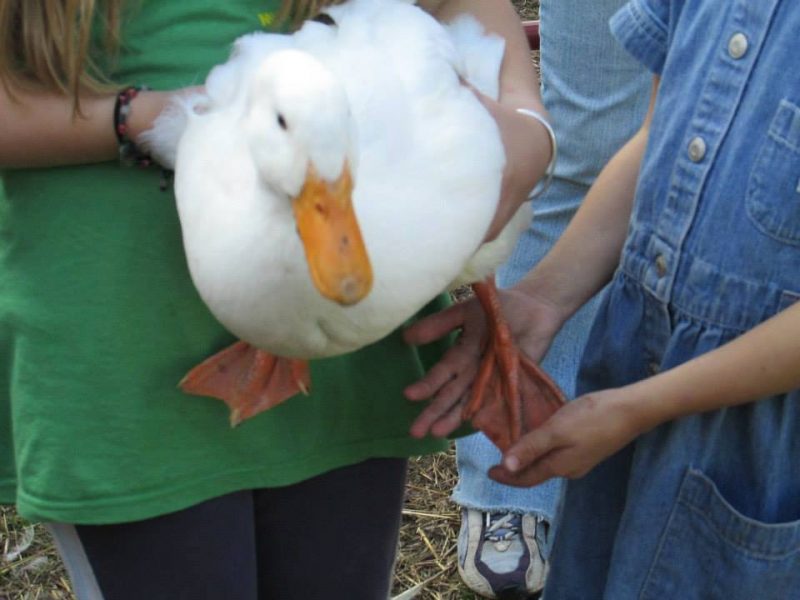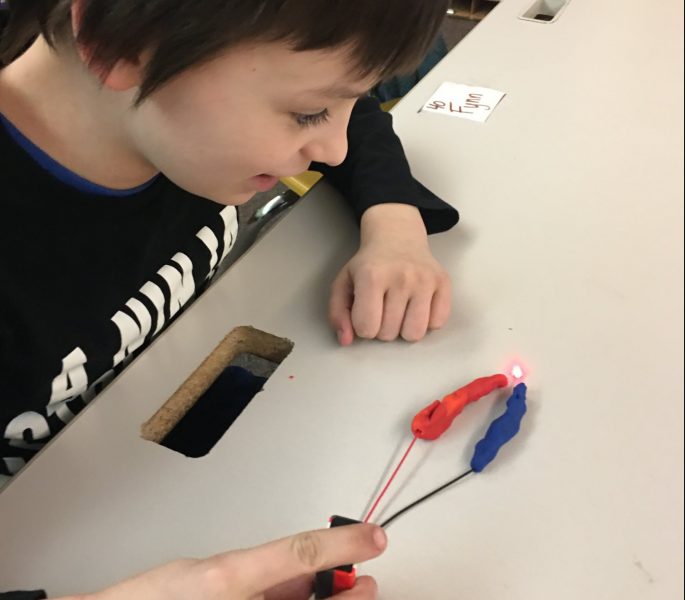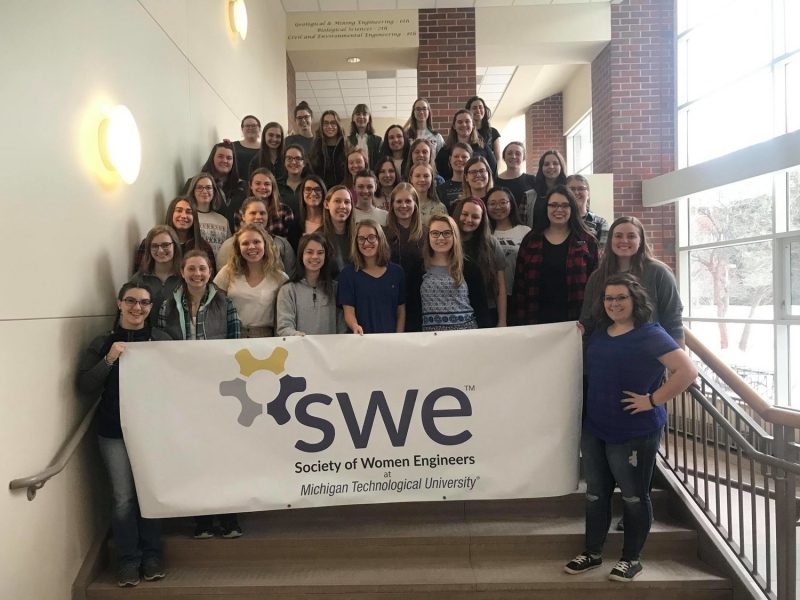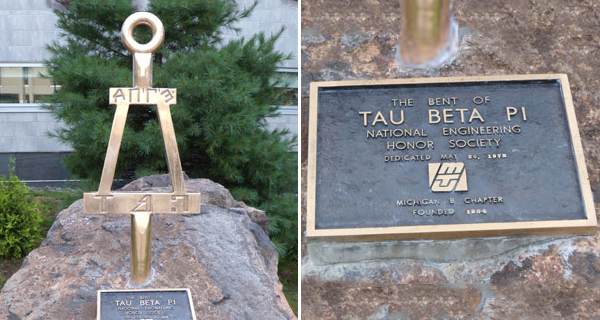
The College of Engineering inducted 38 students and one eminent engineer into the Michigan Tech Michigan Beta chapter of Tau Beta Pi this academic year.
A nationally-recognized engineering honor society, Tau Beta Pi is the only one that recognizes all engineering professions. Members are selected from the top eighth of their junior class, top fifth of their senior class, or the top fifth of graduate students who have completed 50 percent of their coursework.
Tau Beta Pi celebrates those who have distinguished scholarship and exemplary character and members strive to maintain integrity and excellence in engineering. The honor is nationally recognized in both academic and professional settings. Alumni embody the principle of TBP: “Integrity and Excellence in Engineering.”

Fall 2020 Initiates:
Undergraduate students
Evan DeLosh, Mechanical Engineering
Nolan Pickett, Mechanical Engineering
Ben Holladay, Electrical Engineering
Jacob Stewart, Civil Engineering
Malina Gallmeyer, Environmental Engineering
Caleigh Dunn, Biomedical Engineering
Mikalah Klippenstein, Electrical Engineering
Savannah Page, Biomedical Engineering
Katie Smith, Chemical Engineering
Cole Alpers, Mechanical Engineering
Ben Pokorny, Mechanical Engineering
Kyrie LeMahieu, Mechanical Engineering
Anna Hildebrandt, Materials Science & Engineering
Graduate students
Shankara Varma Ponnurangam, Mechanical Engineering
Koami Soulemane Hayibo, Electrical Engineering
Kaled Bentaher, Chemical Engineering
Nicholas Hendrickson, Mechanical Engineering
Spring 2021 Initiates:
Undergraduate students
Anders Carlson, Mechanical Engineering
Brian Geiger, Mechanical Engineering
Emily Street, Mining Engineering
Jacob Lindhorst, Mechanical Engineering
John Benz, Mechanical Engineering
John Hettinger, Computer Engineering
Joshua King, Materials Science & Engineering
Laurel Schmidt, Mechanical Engineering & Theatre Technology
Matthew Fooy, Chemical Engineering
Matthew Gauthier, Mechanical Engineering
Max Pleyte, Biomedical Engineering
Nick McCole, Engineering
Nick Niemi, Biomedical Engineering
Tom Morrison, Chemical Engineering
Zach Darkowski, Mechanical Engineering
Graduate Students
Aiden Truettner, Chemical Engineering
Iuliia Tcibulnikova, Geological & Mining Engineering & Sciences
Rajat Gadhave, Mechanical Engineering
Ranit Karmakar, Electrical & Computer Engineering
Sreekanth Pengadath, Mechanical Engineering
Fnu Vinay Prakash, Electrical & Computer Engineering
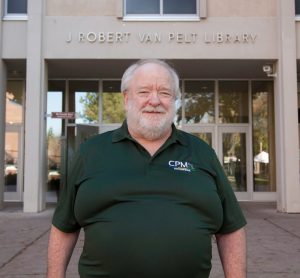
Eminent Engineer
Dr. Tony Rogers, Department of Chemical Engineering
